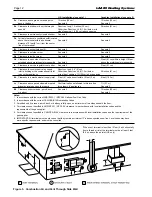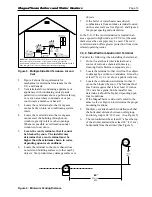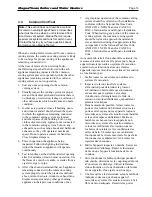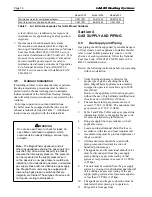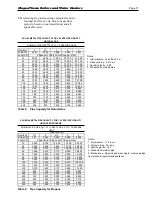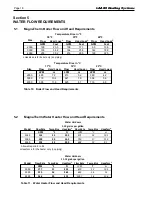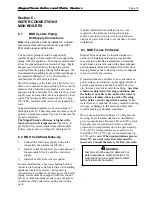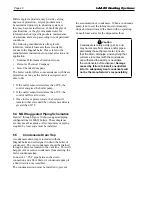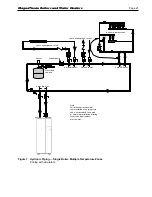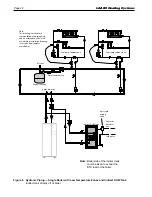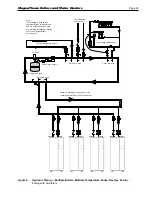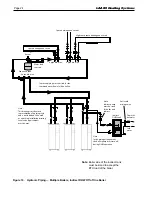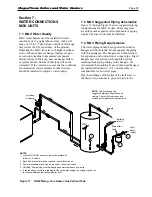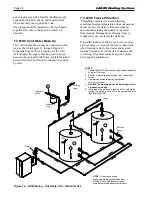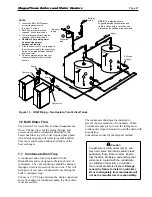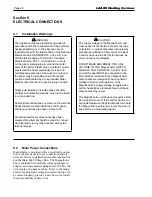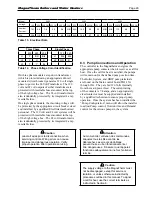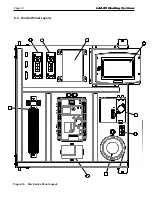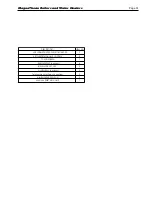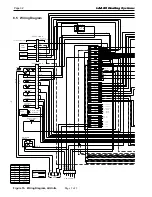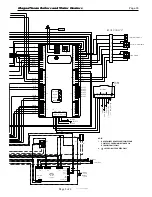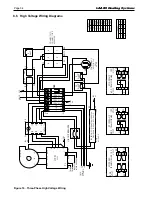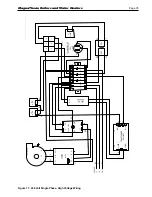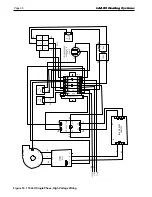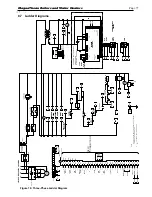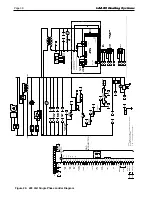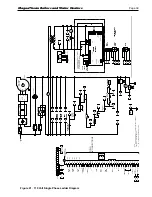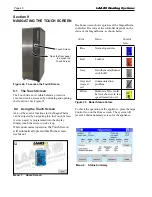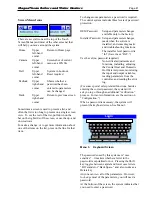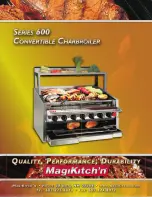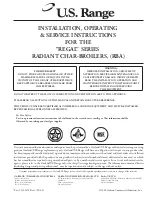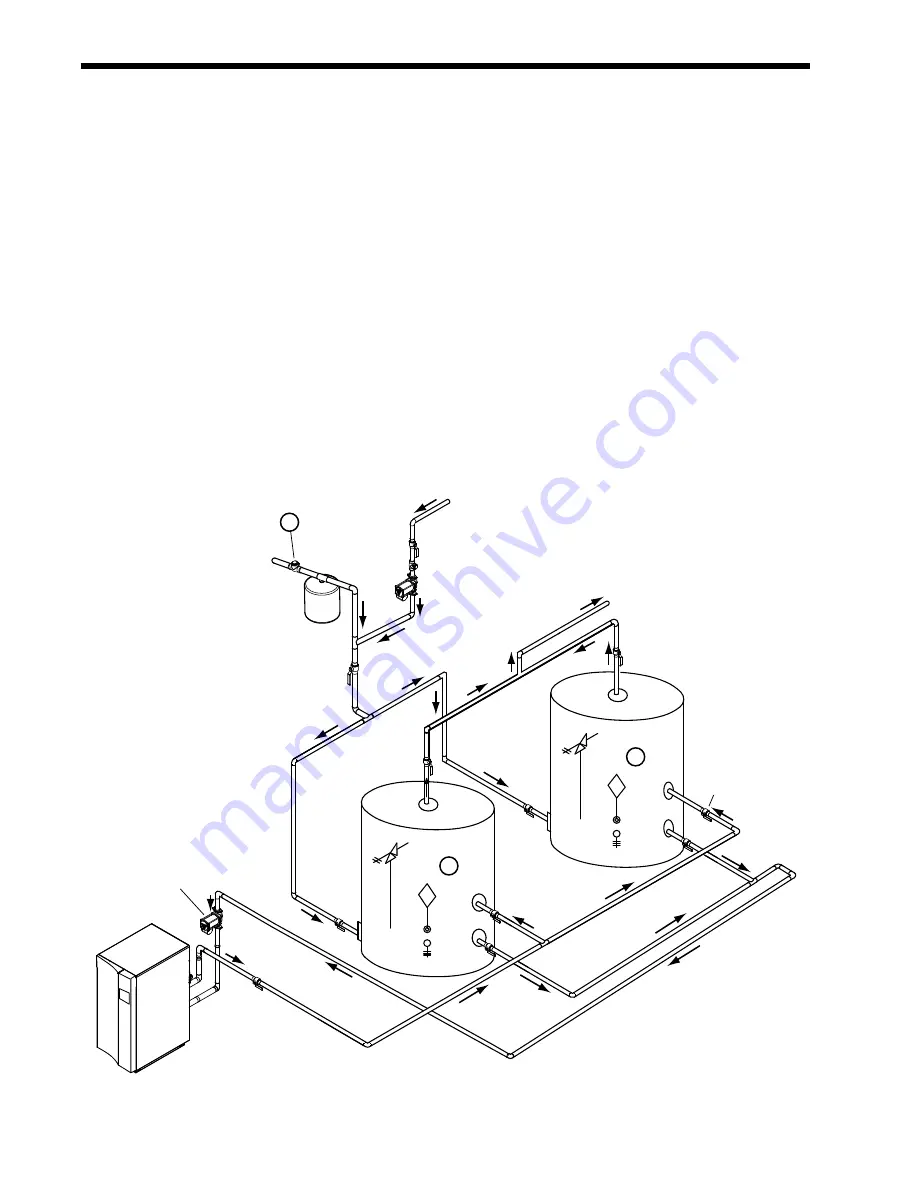
LAARS Heating Systems
Page 26
event of pressure relief. install a diaphragm-type
expansion tank, flow check, and shutoff valves
where needed or as required by code.
The piping should be installed so that each pump
supplies flow only to the heater to which it is
attached.
7.4 mGV Cold Water make-Up
The cold water make-up may be connected to the
tank as shown in Figure 11 through Figure 13.
if the tank does not have a tapping for the cold
water supply, the supply may be run to the pipe
between the tank and boiler inlet. Install back-flow
preventers and shut-offs where needed or required
by code.
figure 12. DHW Piping - one Heater, two Vertical tanks
7.5 mGV freeze Protection
if installing outdoors in a location that may
experience freezing temperatures, precautions must
be taken to prevent water in the heat exchanger
and condensate inside and outside of the boiler
from freezing. Damage due to freezing water or
condensate is not covered by the warranty.
if installed indoors, and there is an event such as
a power outage, component failure or other issue
when freezing is likely, the heater and system
must be drained to avoid the risk of damage due
to freezing. Glycol must
not
be used in volume
water heating applications.
noteS:
1. Locate the MGV DHW sensor or remote aquastat well
in lower 1/3 of tank.
2. Back flow preventer may be required - check local
codes.
3. Thermal expansion tank may be required -
check local codes.
4.
Caution:
Pump sizing must be based upon water
hardness at job site.
5. If the tank does not have a tapping for the cold water
supply, the supply may be run to the pipe between the
tank and boiler inlet.
Cold water
supply
2
Expansion
tank
1
Pump
TPRV
1
Building
return
Ball valve
(typical)
TPRV
Supply
note:
This drawing shows
suggested piping configuration and
valving. Check with local codes and
ordinances for additional requirements.

